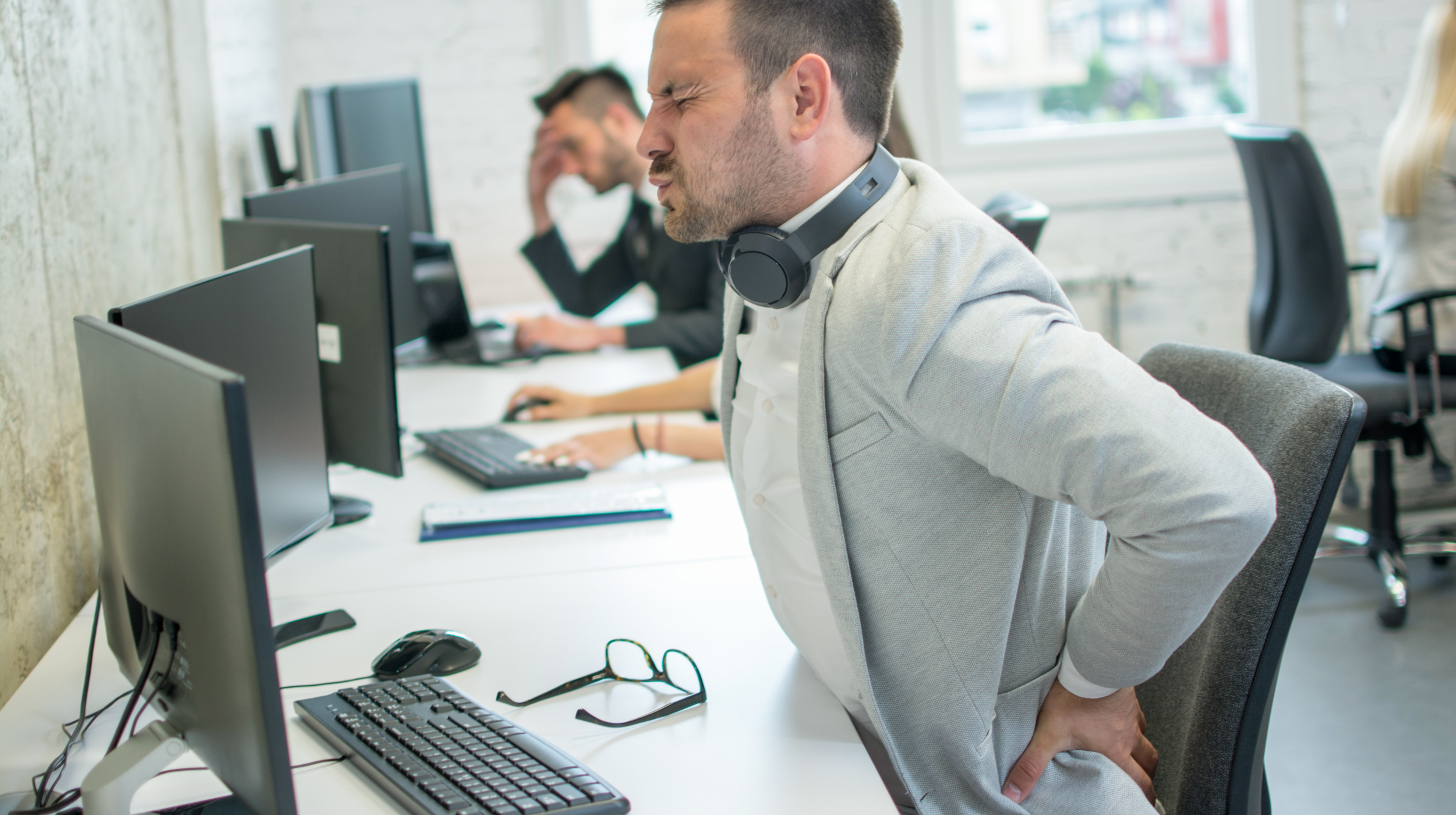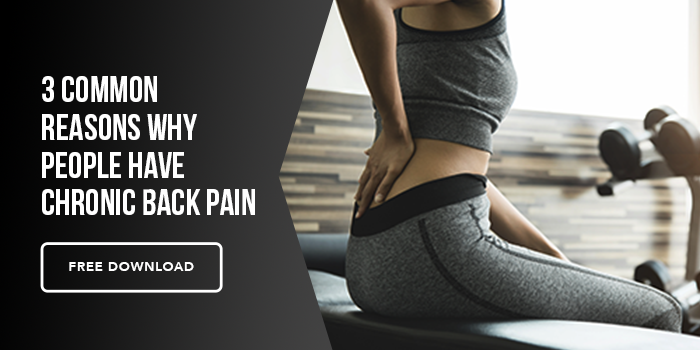Mobility is the ability to move through a range of motion with full control. Without this, you overcompensate by using muscles and areas of the body that aren’t meant to take on that extra load (i.e. when you lift something off the ground and tweak your lower back). It’s also a sign that your body is telling you something is not right.
Over time, because of these compensations, we groove improper movement patterns (i.e. using your lower back to lift, or not being able to drop into a full squat) because we stop teaching our body how to fire all our muscles. It’s not just about stretching, but about taking your muscles through a full range with some load to create tension to keep the muscle activated.
By incorporating mobility drills, we groove a new, and PROPER movement pattern, teaching the muscle to fire the way it SHOULD be. Adding some light resistance will make sure it maintains that stability and control throughout the full range.
Bird Dog - I like the bird dog because its low impact and teaches you how to properly keep a strong core through a dynamic range of motion
- Start in a quadruped position
- Make sure your arms are beneath your shoulder blades and knees are at a 90 degree angle
- SLOWLY extend the opposite hand and leg.
- Make SURE you are maintaining a flat back the entire time.
- You should also be contracting the glute of the extended leg hard.
- Switch arms and legs but keep maintaining that strong back and strong contraction now with the opposite leg extended.
- Repeat 5-6 times each side.
Notes: The entire purpose of this exercise is learning to keep that core tight as your body is moving. It should NOT be turning left or right. You want to be thinking nice and tight the whole time. A common problem that happens is people want to rush the exercise for the sake of getting it done. You are re-learning movement patterns so a steady tempo is key here.
Hip Flexor Deactivator - I like this exercise for teaching people to engage their core like they’ve never done before. A lot of times we do ab exercises thinking we are engaging the core when in reality we’re just over activating the hip flexors. This should help us learn to keep our focus on a tight squeeze in just the abs. Over the long term, this should help us properly engage our core during bigger lifts.
- Heels up on a bench - this will help us use reciprocal inhibition to fire the glutes as we squeeze, which in turn shuts off the hip flexors from firing.
- Make sure you are pushing through the heels and squeezing just enough to get the hips off the ground.
- Now perform a crunch. You are going to find it awkward to do at first. That’s ok. It’s because of the hamstring activation. We aren’t usually doing that when we perform a crunch. However, you should be feeling way more of a focus on your abs than a normal crunch.
- Do not rush! Again, time under tension is what we want. We are grooving new movement patterns so that your body knows how to properly fire.
- Shoot for a 2 second squeeze and a 2 second negative coming back down.
Notes: You’ll know it’s working if your glutes and abs are on fire. Don’t let your butt come down at any point. If you need to rest then take your time. It’s about quality. This may be a struggle at first, but that is a good thing. It’s just highlighting how used to overcompensating with your hips you are.
Floor Bridge - This exercise is good for activating the hamstrings, glutes, and core. Most people tend to hyperextend their low back, for the sake of getting more range of motion. The way I teach you here will prevent that.
- Keep a normal bend in the knees, lying on the floor flat.
- You should feel a natural arch in your lower back.
- Before you begin, try pressing your low back into the ground and squeeze. This will wake up the abdominal muscles.
- If you have a foam roller, or yoga block, place it between your knees and squeeze. This will keep your legs from externally rotating too much.
- With your hands flat on the floor, push your hips up as high as you can.
- Make sure your low back is still pushing towards the ground as before, so that you core remains activated and your hamstrings, and glutes should be firing.
- Focus on a 2 second squeeze, and a 3 second eccentric lowering.
Notes: Do not lose your contraction in the abs for the sake of getting that extra range of motion. In fact, you might find you get less range doing this compared to normal. That’s okay. It is because more focus is being placed on pushing that low back and keeping the core engaged, and glutes contracted vs hyperextending the low back using not abdominal strength.






